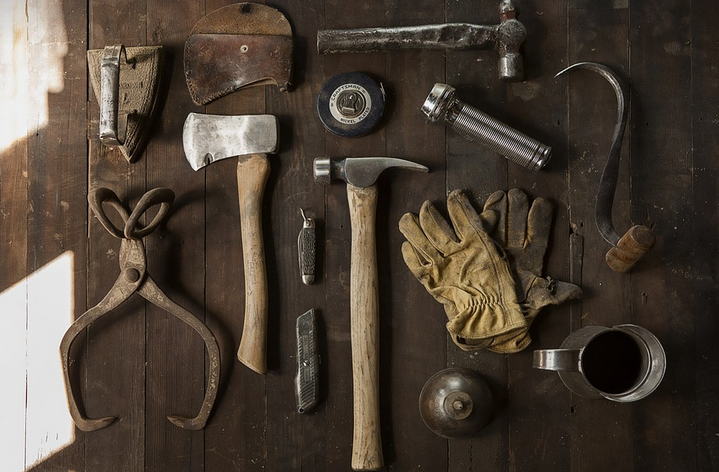
How Long Does Caulking Take To Dry?
The Great Caulking Conundrum: How Long Until Your Home is Ready for a Party?
So, you’ve got that nagging gap in your bathroom wall, or maybe a drafty window sill. Caulking seems like the obvious solution, and rightfully so! It seals air leaks, keeps moisture at bay, and even adds a touch of visual appeal — all with a satisfyingly smooth application.
But there’s a catch: caulking isn’t exactly known for its quick drying time. It’s a bit more patient than your average kitchen reno project, but the wait is definitely worth it. Getting to enjoy your newly sealed space will become more of a “celebration” than just a moment in time.
Before you start squeezing that caulk gun, let’s delve into the world of caulking drying times: understanding this crucial aspect will help you set realistic expectations and avoid any hasty decisions.
The First 24 Hours: Setting the Stage for Success
The initial “drying” phase of caulking involves a process called “skinning,” where a thin, clear film forms over the caulk. This happens within minutes, but it’s not quite “dry” in its truest form. What might appear as smooth and dry is actually a very sticky and soft layer that needs to cure.
The real magic begins after 24 hours: the caulk starts to harden and solidify, transforming from a liquid into a durable barrier against moisture and air leaks.
Factors Affecting Drying Time
Several factors can influence caulking’s drying time, each playing a role in the final outcome. Here are a few crucial elements:
- Ambient Temperature: The faster your caulk cures at higher temperatures, and vice versa when it’s cold.
- Humidity Levels: High humidity can slow down the drying process; low humidity speeds it up. Think of a humid summer day versus a dry winter one… you get the idea!
- Type of Caulk: Some caulks are designed to be quick-drying, while others require more time for curing and hardening.
The Importance of Patience
While it’s tempting to rush into using a newly sealed space after just a few hours, patience is key. The drying process plays a crucial role in ensuring the caulking’s longevity and effectiveness. Rushing the process can lead to cracks, gaps, and even compromised seal functionality.
The 24-Hour Rule: A Quick Reminder
Remember that 24 hours is a benchmark for proper drying. You can start using your newly sealed space after this time period, but it’s always better to err on the side of caution. It’ll give you peace of mind and help ensure a smooth renovation experience.
Beyond 24 Hours: A Little Extra TLC
When your caulking is fully cured (around 7 days), it should be solid and free from any signs of softness or discoloration. While the caulk itself won’t require further attention, always keep an eye out for any leaks or drafts.
A Few Final Tips
Here are some additional tips to ensure your caulking dries up perfectly:
- Cleanliness is Key: Make sure the surface you’re applying caulk is clean, dry, and free of any dust or debris.
- Use the Right Tools: Invest in a good-quality caulk gun and use it to apply even, smooth lines of caulk.
- Proper Ventilation: Ensure adequate ventilation in enclosed spaces to help accelerate drying time (open windows, if possible).
As you can see, caulking is a process that requires patience. But the payoff is absolutely worth it! You’ll enjoy a longer-lasting seal for your home and even greater peace of mind. Just remember, a little patience goes a long way.